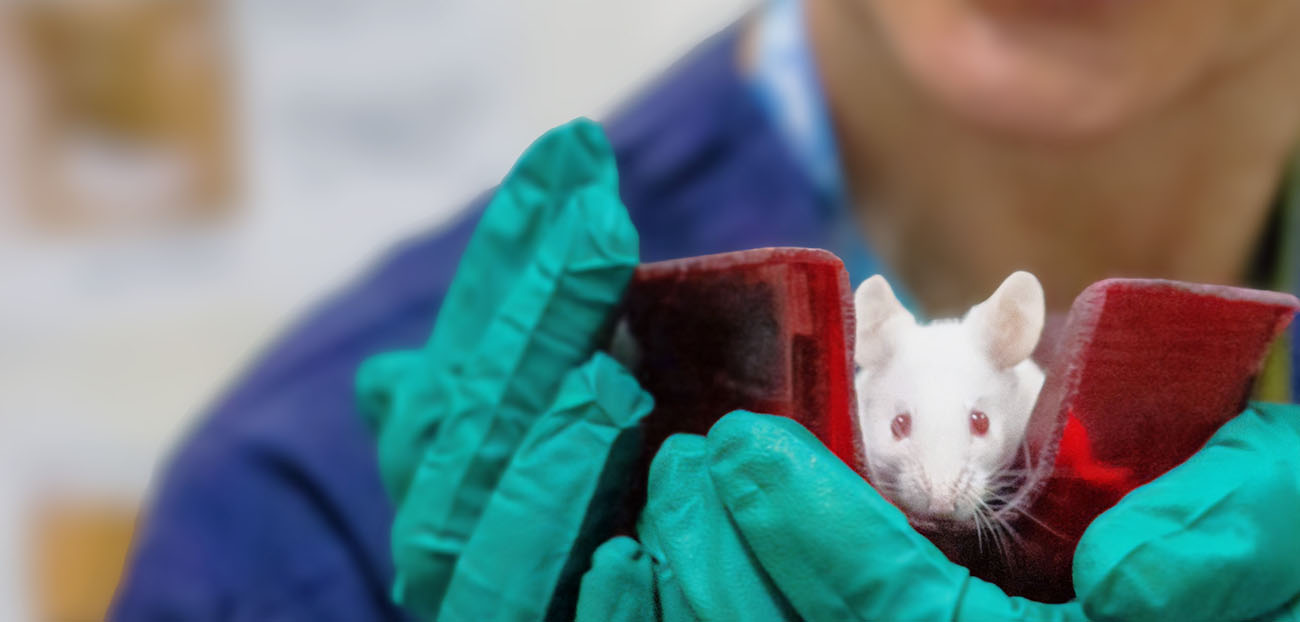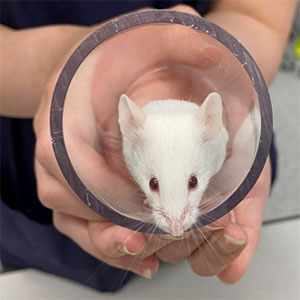
We are committed to providing the highest standards of care for all animals used in research. This includes implementing refined handling practices to minimize distress and anxiety in our laboratory mice and rats.
Why Refined Handling Matters
Traditionally, mice have been picked up by the tail for procedures and husbandry tasks. However, research has shown that tail handling can be a stressful experience for these animals. It can lead to:
- Heighted animal distress
- Avoidance behaviours
- Compromised research data integrity
The Benefits of Refined Handling
By adopting refined handling techniques, we can significantly improve the care of our rodents. Refined handling methods involve gently guiding mice into huts, tunnels, or cupped hands for pick up. This approach offers several benefits:
- Minimizes distress: Refined handling methods reduce stress for mice and improve the work experience for caretakers. Traditional tail handling induces fear responses in mice. Stress impacts their physiology, behaviour, and experimental outcomes.
- Streamlines handling procedures: Refined handling methods are easier for handlers to learn than traditional tail handling, and mice are calmer, more willing, and safer to be handled within a hut or tunnel.
- Improves research: Refined handling saves time, improves data quality, and reduces variability. Researchers can confidently attribute observed effects to experimental conditions rather than handling stress.
